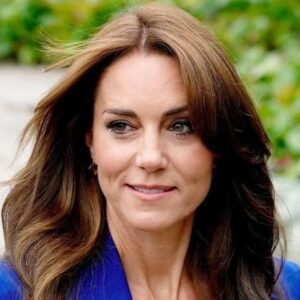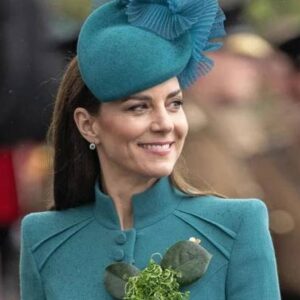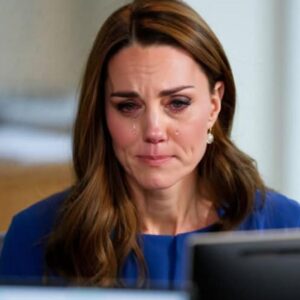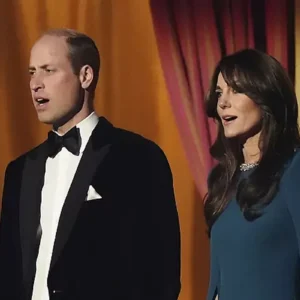His brother’s war on the British media has hogged the headlines but behind the scenes Prince William is waging a more subtle battle to protect his young family from press intrusion.
They may not be on speaking terms but he and Prince Harry are both deeply suspicious of the media and share many of the same goals.
Indeed at Adelaide Cottage, the four-bedroom home on the Windsor Castle estate where the Prince and Princess of Wales live with their three children, there may have been some mild cheering last week when Harry, 40, reached a settlement with the publishers of The Sun. It involved an unprecedented apology from the paper and undisclosed but substantial damages, thought to be more than £10m (including costs), over the use of private investigators who obtained information unlawfully about Harry going back to 1996.
But while Harry has taken a very public stance seeking retribution for the actions of newspapers 20 or 30 years ago, William has remained much more focused on finding practical means away from the cameras of dealing with the media as it is now. “One makes a lot of noise and fuss about it and the other one doesn’t,” Dickie Arbiter, a former palace press secretary, said, contrasting Harry’s blunderbuss tactics with William’s efforts to deal with problems quietly.
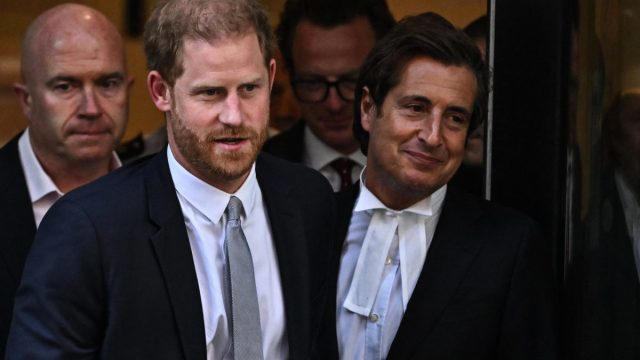
The heir to the throne’s staff at Kensington Palace have built strong relationships with editors and specialist reporters and often use softer negotiating skills, understandings or, if necessary, legal warnings to try to keep intrusive stories out of the mainstream media.
It is an important time for William and his family. His wife has just been through a bruising year-long battle with cancer, and their children, Prince George, 11, Princess Charlotte, 9, and Prince Louis, 6, are rapidly approaching the ages he and Harry were when their parents split acrimoniously, engaging in what was dubbed the War of the Waleses briefing war via the media, before their mother’s death in a Paris car crash in 1997.
They are a tight family unit who forsook the chance to live in more palatial splendour with servants on hand around the clock, choosing instead a house that leaves no room for even the children’s nanny to live on the premises. It gives them the chance to enjoy the type of middle class home life that Kate was raised in and for which William yearned.
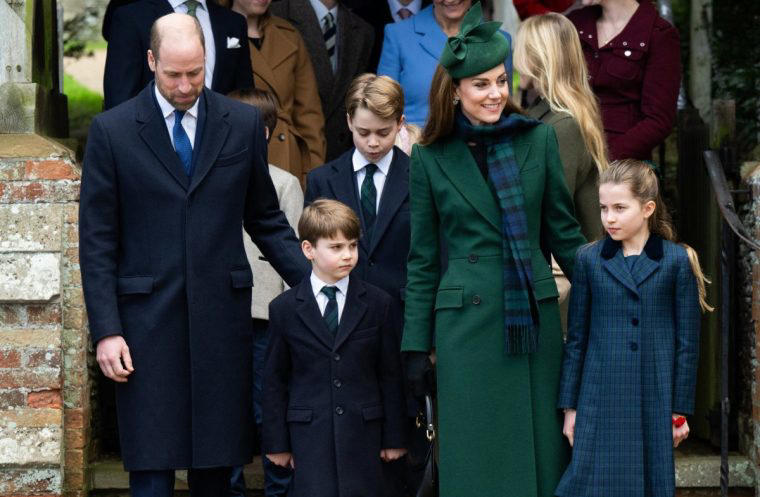
William, 42, may share his brother’s distrust for the media and belief that press harassment was partly responsible for Princess Diana’s death. But he acknowledges it is a beast he must work with, while doing his level best to control what appears about himself, his wife, and children.
He perhaps more than anyone in Britain has used creeping privacy laws and changing attitudes to pressure the media to focus on what he and his family do when they are on public duty rather than when they are off duty. In an age when even the Prime Minister believes he is under no obligation to tell the public the names of his children, William has secured a much more normal upbringing for George, Charlotte, and Louis than he and Harry were ever afforded.
Aides hope they will be better adjusted as a result. Yet at the same time, the children are not normal. George will be our future head of state and the other two are likely to be funded by the taxpayer to represent Britain and the monarch simply because of the family into which they were born.
William and Kate, 43, have already started to prepare them for their future life, taking them out on occasional engagements and getting them used to the crowds, the camera, and the type of work that members of the Royal Family are expected to undertake.
There have been trips to Wimbledon with mum for Charlotte, to the Euros with dad for George. The two older ones were taken to Cardiff Castle by their parents in 2022. All three joined their parents on a Coronation weekend Scouts volunteering day in 2023 and at Westminster Abbey for Kate’s carol concerts last year and the year before.
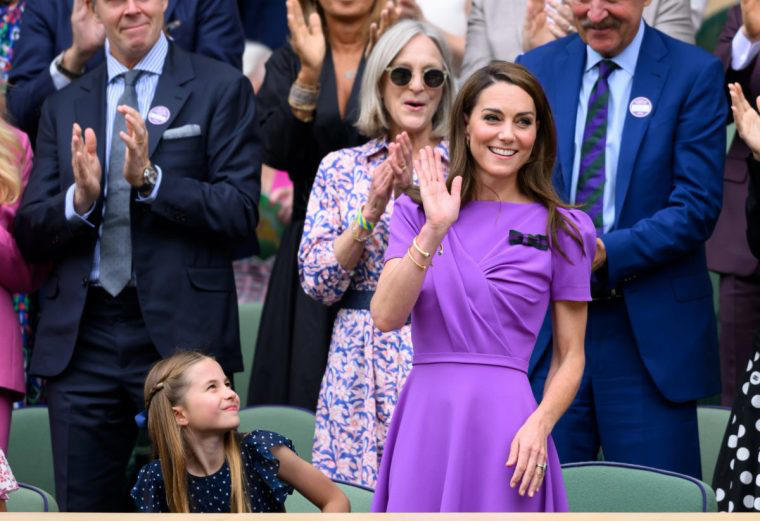
Within earshot of the press pack, their parents drop charming little anecdotes about them into their conversations with the public, giving us an inkling of what sports, music, and school subjects they like but without surrendering control of the message. There is no press invitation to the school sports day, Christmas panto, or updates on their academic progress that previous generations of royals felt compelled to give to the nation.
In an era when even public figures are deemed to have the right to privacy and family life, the work of the royal press pack has changed dramatically in the past 20 years.
When William and Harry were young men, royal reporters and photographers regularly travelled to cover their holidays and sometimes even photographed them out on dates and in night clubs. Photographers were camped outside Balmoral in the summer and Sandringham in the Christmas holidays, covering the royals’ Boxing Day shoots, deer stalking, horse rides, and fishing trips.
These days, the key question for photographers is still around whether the person being photographed has a reasonable expectation of privacy – and, if so, whether there is a public interest to justify the picture anyway. But increasingly the law appears to give greater weight to protecting privacy.
The late Queen was photographed out horse riding until almost the end and Prince Andrew still gets pictured regularly doing the same.
William and his family, however, are often given more leeway. He can be angry when he has felt wronged. In 2022, for example, video emerged of him berating a photographer who had snapped him and his family while out on a bike road near their Anmer Hall home in Norfolk the previous year.
It was William who set the whole train of phone hacking cases against newspapers in motion after he and his staff became suspicious of stories appearing in the News of the World in 2005.
Four years ago he lambasted the BBC over its response to Martin Bashir’s deception which persuaded Diana to give him the infamous 1995 Panorama interview. In 2012 he condemned the French magazine Closer for publishing topless pictures of Kate and pursued the magazine and two photographers through the French courts for the next five years before winning £92,000 damages.
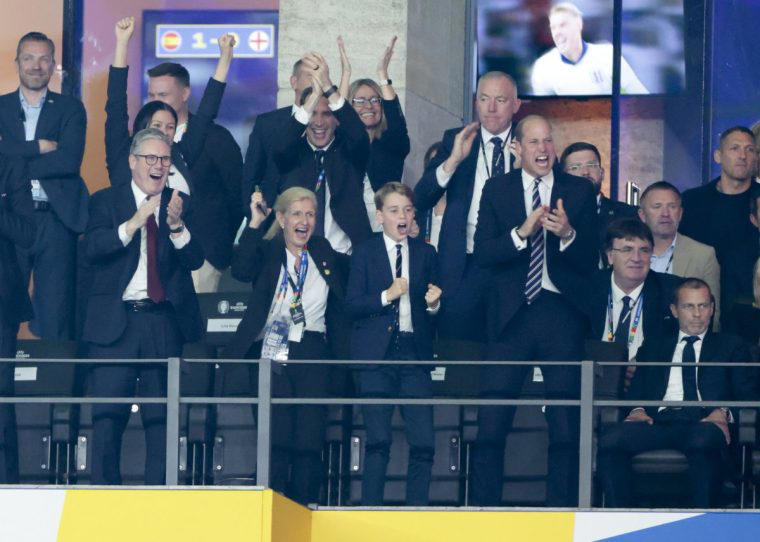
In 2020 he reached a private settlement with Rupert Murdoch’s British newspaper business for a “very large sum of money”, according to court documents published in 2023 during earlier hearings in Harry’s battle with Murdoch’s News Group Newspapers (NGN), publishers of The Sun.
But by and large he has employed his staff at Kensington Palace to cajole and persuade media organisations into giving his family privacy rather than confronting them head-on in public.
There are fresh challenges in the media landscape of 2025 though: clickbait websites that fail to check facts or base stories on often unverified claims by “experts”; foreign news organisations publishing wild rumours, and social media platforms spreading a mixture of bile and intrusive photos and video that the UK mainstream media would never dare to run these days.
At Lambrook School in Berkshire, where all three children are pupils, discreet security is in place to protect them but that does not stop the occasional rogue photographer turning up or parent publishing pictures on the internet of George playing football. His parents are keen not to make life difficult for the other children and parents. William, for example, has occasionally posed for pictures during trips to see the children playing sport.
Their next schools have not been announced yet, although all three have been tipped to go to Kate’s alma mater, Marlborough. Wherever they go they will have armed bodyguards and uniformed police nearby to ensure they are left alone.
More generally, William worries about the effects on his wife and children after conspiracy theorists spread lies about Kate’s cancer on social media last year. He wants to ensure that Britain’s mainstream media does not feed on the worst of what is portrayed on the social media platforms.
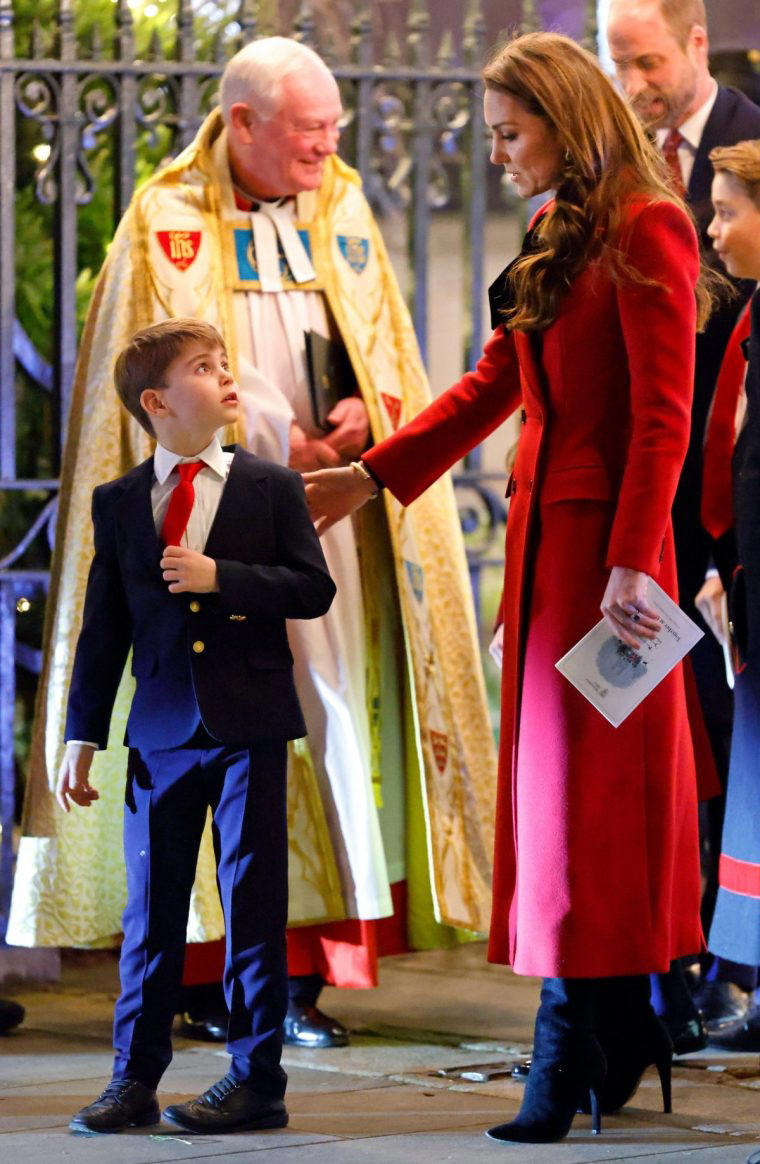
Patrick Harrison, a former press secretary to the King when he was Prince of Wales, said social media and the ubiquity of mobile phones had made it more difficult for the palace to control. “There are more people publishing content because everyone (with a phone camera) is now a publisher,” he said.
It is perhaps no coincidence that the late Queen avoided shopping in Oxford Street during her time off because she knew that her appearance in public would attract unwanted public attention.
William and Kate, however, want that freedom and the ability to go on family outings without getting photographed. They have done it with varying degrees of success. Recently, for example, Kate went shopping in Notting Hill. Photographs and video spread from social media onto several websites.
Arbiter, who spent 12 years as a Buckingham Palace press secretary and is sympathetic to the Prince and Princess of Wales’s position in general, is sceptical about how members of the Royal Family can prevent the public photographing them and publishing the pictures on social media.
“How do you control it? You can’t really,” he said. “If you do that you are probably going to have to face the consequences.”
But Harrison too believes that, while the Royal Family wants the press to focus on their official duties, there will always be toing and froing between the palace and a mainstream media more interested in the personal and the entertaining side of royal life.
Harrison, now a partner at the dispute resolution firm Highgate, said that, while Harry’s court settlement with The Sun was the culmination of a personal crusade for the Duke, there would always be tensions between the royals and the media.
“I would see it in the wider context of the ongoing push and pull of the relationship between palace and press,” he said. “The palace will always have a role to judge which cases to fight.”
His brother has faced down the demons and excesses of the old media. But William, determined to protect his wife and his children at a sensitive stage in their lives, is facing up to the challenges of a new media landscape.
